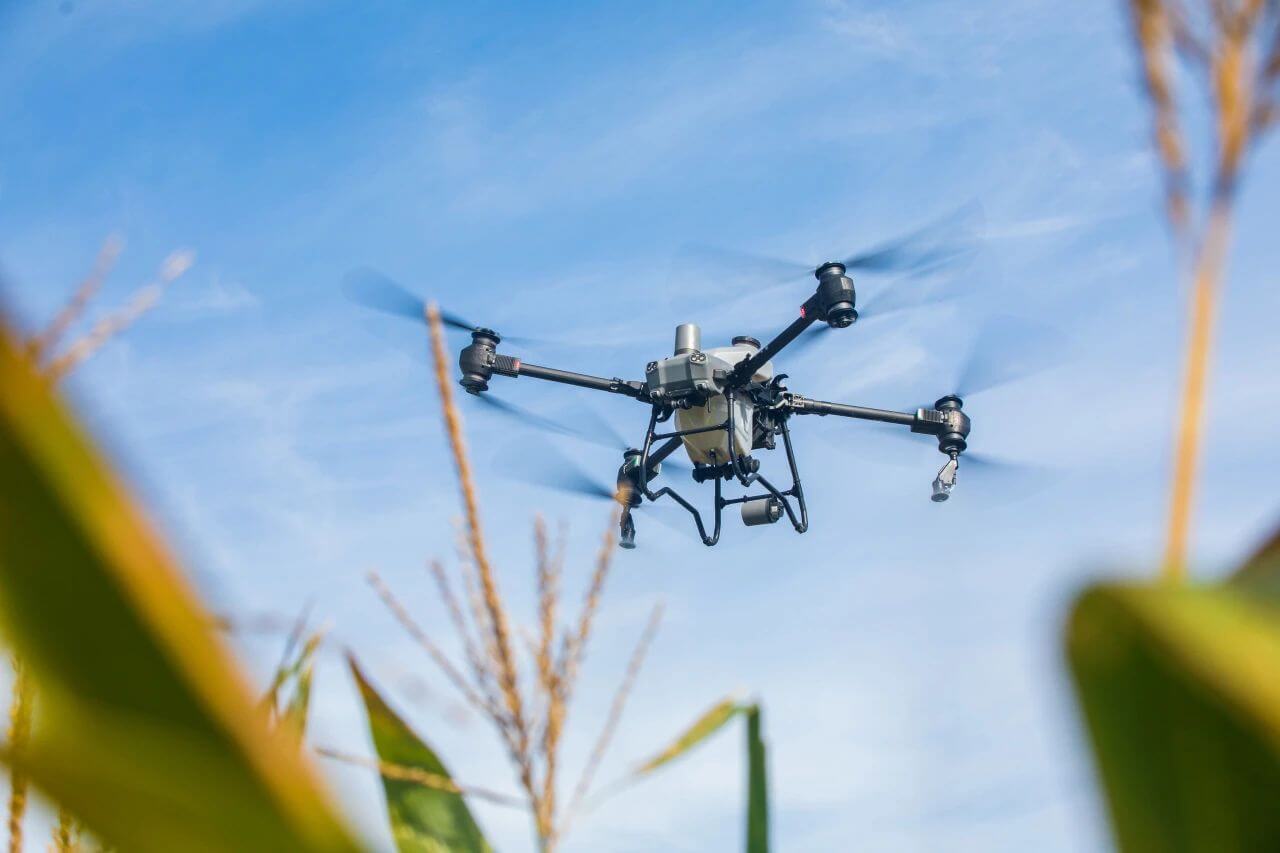In recent years, the surge in popularity of radio controlled drones with cameras has opened up unprecedented opportunities for exploring the world from above. These innovative devices enable individuals to capture stunning aerial footage and photographs, offering unique perspectives that were once limited to professional filmmakers and photographers. With advancements in technology, today’s drones are equipped with high-resolution cameras, making them accessible to hobbyists and professionals alike.
has opened up unprecedented opportunities for exploring the world from above. These innovative devices enable individuals to capture stunning aerial footage and photographs, offering unique perspectives that were once limited to professional filmmakers and photographers. With advancements in technology, today’s drones are equipped with high-resolution cameras, making them accessible to hobbyists and professionals alike.
Features to Look for in Drone Cameras
Drones with cameras come packed with an array of features designed to enhance your aerial photography experience. Resolution is a key factor; most drone cameras offer 4K or even higher resolution, ensuring crystal-clear images and videos. Look for drones with adjustable apertures and ISO settings for better control over lighting and exposure, which are crucial elements when capturing images from high altitudes. Additionally, stabilization technology such as gimbals can reduce motion blur, resulting in smoother videos.
Battery Life and Flight Time
Another important aspect to consider is battery life. Longer flight times allow for extended photo sessions and exploration without frequent recharges. Typically, the average drone offers around 20-30 minutes of flight per charge, but some models feature extra batteries for protracted use. It’s advisable to invest in drones with efficient power management to ensure your aerial device remains aloft for the duration of your shooting session.
Innovations in Drone Technology
The evolution of drone technology has seen the integration of features such as GPS, automated flight modes, and obstacle detection systems. These technologies not only enhance the safety of flights but also simplify the operation of drones, making them more user-friendly. GPS functions enable precise navigation and return-to-home features, ensuring that your drone can safely return even in challenging conditions. Automated flight modes, like follow-me and waypoint navigation, allow the drone to autonomously track subjects and move across predefined paths.
Applications of Camera Drones
Radio controlled drones with cameras are utilized in various fields beyond hobby photography. In agriculture, they provide valuable aerial imagery for crop monitoring. In real estate, drones offer dynamic views of properties, creating engaging marketing materials. Additionally, they are used in search and rescue operations to cover large areas quickly, helping locate missing persons or assess damage. The versatility of drone cameras continues to expand, showing potential for even more industries.
Choosing the Right Camera Drone
Selecting the suitable drone for your needs depends on factors such as budget, intended use, and personal preferences. Entry-level models are affordable options for beginners looking to dip their toes into drone photography. For more advanced users, professional-grade drones with comprehensive features offer enhanced capabilities. It’s essential to balance your needs with the drone’s specifications to find the perfect match for your aerial photography endeavors.
Maintaining Your Camera Drone
Regular maintenance plays a crucial role in the performance and longevity of your camera drone. Ensure that all parts are in optimal condition before each flight. This includes checking battery levels, camera settings, and rotor conditions. Clean the camera lens to prevent dust and scratches that can affect image quality. Proper storage after use and prompt repairs are equally important in maintaining your drone’s functionality.
FAQs About Camera Drones
- What is the maximum range of radio controlled drones? The range varies, with some drones boasting ranges up to several kilometers. Always consult your drone’s specifications to know its limits.
- Are there restrictions on flying camera drones? Yes, many countries have regulations about where and how high drones can fly. It’s essential to familiarize yourself with local laws to avoid penalties.
- Can camera drones be used indoors? While possible, indoor flying requires careful control due to limited spaces and obstacles. Some drones are specifically designed for indoor use with added safety features.